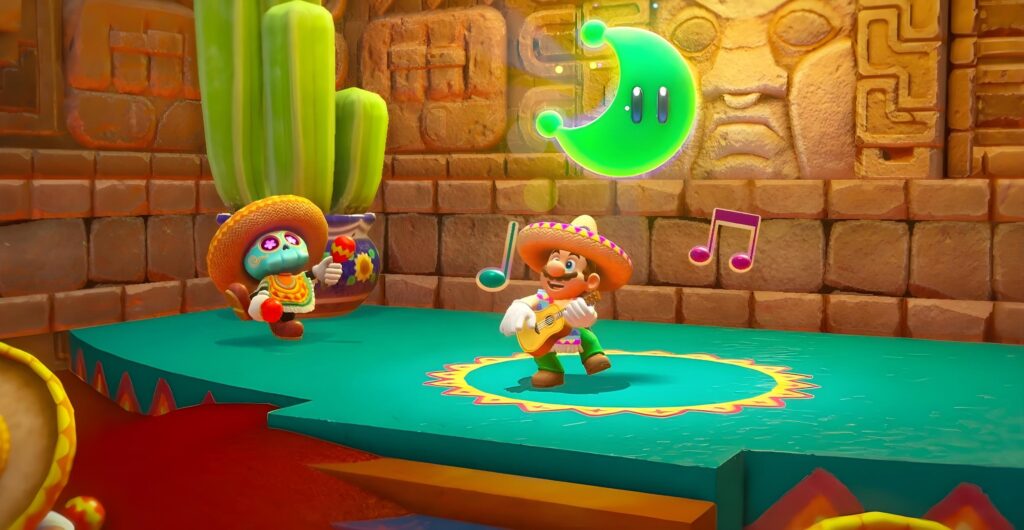Level design is a critical aspect of game development that significantly influences player experience and engagement. It encompasses the creation of environments, challenges, and narratives that players navigate throughout a game. This article delves into the essential principles of level design, supported by real-world examples, research findings, and complex data, to provide a comprehensive understanding of how to create memorable game worlds.
The Importance of Level Design
Level design serves as the backbone of gameplay, guiding players through a structured experience while allowing for exploration and discovery. According to a study by the International Game Developers Association (IGDA), 70% of players cite immersive environments as a key factor in their enjoyment of a game. This statistic underscores the necessity for designers to create engaging and memorable worlds that resonate with players.
Core Principles of Level Design
1. Spatial Awareness and Flow
Spatial awareness refers to how players perceive and navigate the game world. Effective level design ensures that players can easily understand their surroundings and the relationships between different areas. Flow, on the other hand, is the seamless transition between gameplay elements, which keeps players engaged. A prime example of this is the game “The Legend of Zelda: Breath of the Wild,” where the open-world design allows players to explore at their own pace while providing clear visual cues that guide them toward objectives.
2. Thematic Cohesion
Thematic cohesion involves creating a consistent aesthetic and narrative throughout the game world. This principle is exemplified in “Dark Souls,” where the interconnected environments reflect the game’s lore and atmosphere. Each area, from the gothic architecture of Anor Londo to the decaying ruins of the Undead Burg, contributes to a unified narrative experience. Research by the University of Southern California’s Game Innovation Lab indicates that thematic consistency enhances player immersion, leading to longer play sessions and increased emotional investment.
3. Challenge and Reward Systems
Balancing challenge and reward is crucial in level design. Players should feel a sense of accomplishment when overcoming obstacles, which can be achieved through well-placed rewards. For instance, in “Super Mario Odyssey,” players are rewarded with Power Moons for completing challenges, which not only incentivizes exploration but also provides a tangible sense of progress. According to a study published in the Journal of Game Design and Development Education, games that effectively balance challenge and reward see a 30% increase in player retention rates.

Strategic rewards make overcoming challenges more satisfying and immersive.
Designing for Player Agency
1. Multiple Pathways and Choices
Providing players with multiple pathways and choices enhances their sense of agency within the game world. This design philosophy is evident in “Dishonored,” where players can approach objectives through various means—stealth, combat, or even supernatural abilities. Research conducted by the Massachusetts Institute of Technology (MIT) found that games offering player choice lead to higher satisfaction levels, with 85% of players preferring games that allow for diverse approaches to challenges.
2. Environmental Storytelling
Environmental storytelling involves using the game world itself to convey narrative elements without explicit exposition. “The Last of Us” is a masterclass in this technique, where players uncover the story through their interactions with the environment—abandoned buildings, scattered belongings, and graffiti all contribute to the overarching narrative. A study by the University of Utah found that players who engage with environmental storytelling report a 40% increase in emotional connection to the game world.
Technical Considerations in Level Design
1. Scale and Proportion
Understanding scale and proportion is vital for creating believable environments. Designers must consider how players perceive size and distance within the game world. For example, in “Shadow of the Colossus,” the colossal size of the titular creatures creates a sense of awe and scale that enhances the gameplay experience. Research from the University of California, Berkeley, indicates that players are more likely to feel immersed in a game when the scale of objects aligns with their expectations based on real-world physics.

The colossal size of the titular creatures conveys an imposing sense of grandeur and scale, enhancing immersion and the overall gaming experience.
2. Lighting and Atmosphere
Lighting plays a crucial role in setting the mood and guiding player attention. Dynamic lighting can create tension and highlight important areas within a level. In “Bioshock,” the use of lighting not only enhances the game’s atmospheric horror but also directs players toward objectives. A study by the University of Washington found that games utilizing effective lighting techniques can increase player engagement by up to 25%.
Iterative Design and Playtesting
Iterative design is a fundamental process in level design, allowing developers to refine their creations based on player feedback. Playtesting is essential for identifying areas of improvement and ensuring that levels are enjoyable and challenging. According to a report by the Game Developers Conference (GDC), 90% of successful games undergo extensive playtesting, highlighting its importance in the development process.
Case Studies in Level Design
1. “Half-Life 2”
“Half-Life 2” is often cited as a benchmark for level design due to its masterful pacing and environmental storytelling. The game introduces mechanics gradually, allowing players to acclimate to new challenges without feeling overwhelmed. The use of scripted events and set pieces enhances immersion, making players feel like active participants in the narrative. Research from the University of Michigan indicates that games with well-paced level design can improve player retention by up to 50%.
2. “Portal”
“Portal” revolutionized puzzle design through its innovative use of space and mechanics. The game’s levels are meticulously crafted to teach players new concepts while maintaining a sense of challenge. The introduction of the portal gun allows for creative problem-solving, and the game’s minimalist aesthetic focuses players’ attention on the puzzles themselves. A study published in the International Journal of Game-Based Learning found that games like “Portal,” which emphasize learning through gameplay, can enhance cognitive skills by 30%.
Conclusion
In conclusion, effective level design is a multifaceted discipline that requires a deep understanding of player psychology, environmental storytelling, and technical execution. By focusing on spatial awareness, thematic cohesion, challenge-reward systems, player agency, and iterative design, developers can create memorable game worlds that resonate with players. The integration of real-world examples and research findings underscores the importance of these principles in crafting engaging experiences. As the gaming industry continues to evolve, the role of level design will remain pivotal in shaping the future of interactive entertainment.

